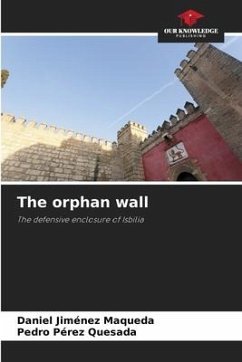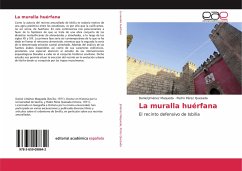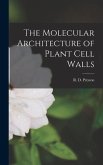As the authorship of the walled enclosure of Isbilia is still the subject of bitter controversy among scholars, it is for this reason that we describe it, not without derision, as an orphan. In this controversy we favour the hypothesis that it is a joint work of the North African dynasties of the Almoravids and Almohads during the 12th and 13th centuries. The first phase would thus be contemporary with what has been called the Almoravid decline, while the second phase would be contemporary with the so-called Almohad castrale eclosion. In addition to the analysis of the available Arabic sources and their stylistic characteristics, we pay special attention to the study of the archaeological interventions carried out in the historic centre of Seville. This study allows us to situate the erection of the enclosure in the urban evolution of Isbilia since its conquest by the Muslim troops.
Bitte wählen Sie Ihr Anliegen aus.
Rechnungen
Retourenschein anfordern
Bestellstatus
Storno








